Articles
Oct 24, 2024
Who Are CrowdStrike's Competitors? (Alternatives)
Discover Who are CrowdStrike's competitors, compare their strengths, and make informed decisions.
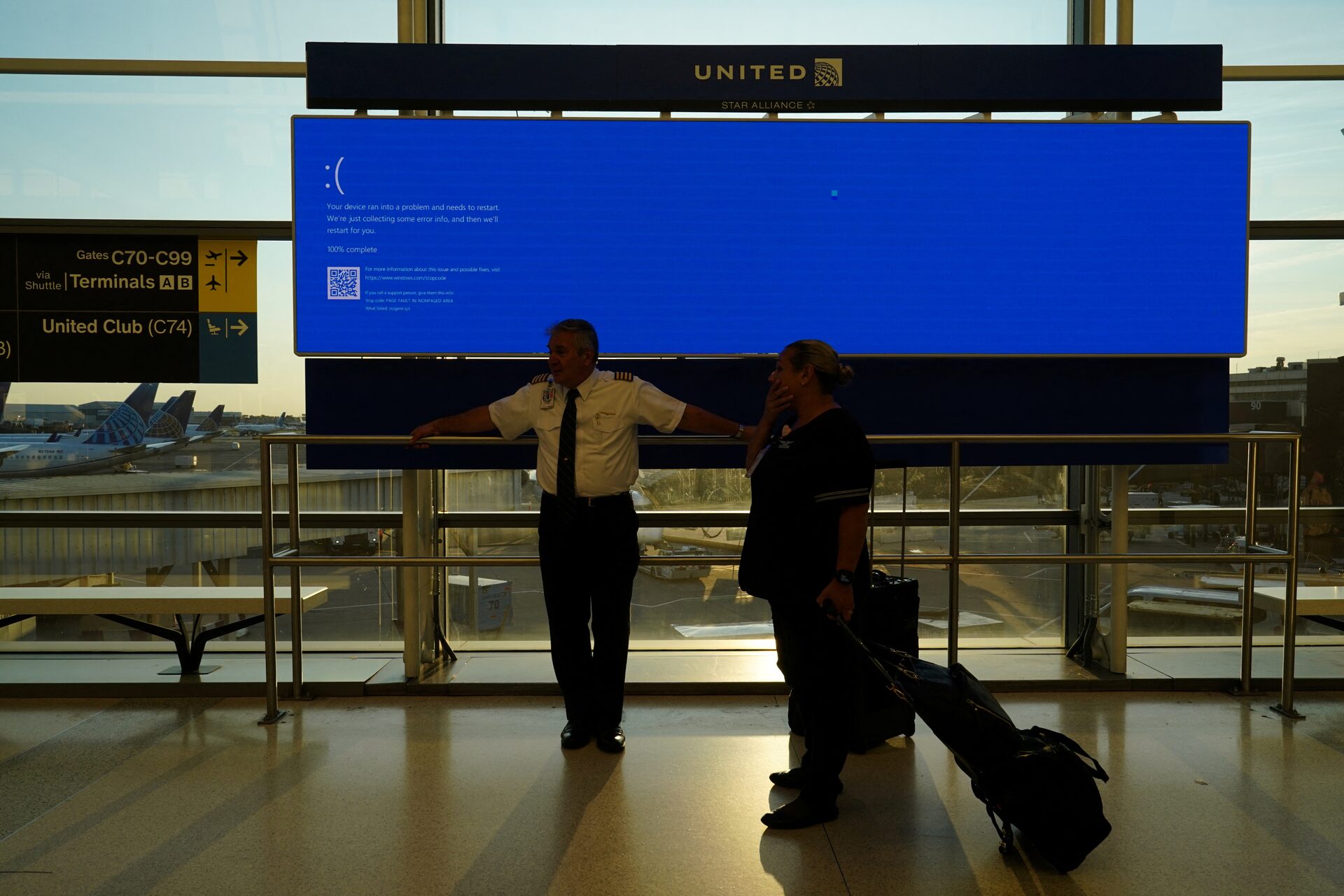
2024 saw one of the worst software malfunctions on record, which prevented businesses and individuals from operating. Airports grounded flights, and other critical infrastructure was shut down. Before all this, CrowdStrike had emerged as a formidable player in the cybersecurity arena. This article delves into the competitive landscape surrounding CrowdStrike, exploring alternatives that might better suit your specific needs. Whether you're a seasoned IT professional or a curious business owner, understanding the full spectrum of cybersecurity solutions is crucial in making an informed decision to safeguard your business operations.
CrowdStrike: a leader in cybersecurity
CrowdStrike has carved out a significant niche in the cybersecurity industry, establishing itself as a leader in cloud-delivered endpoint and workload protection. Founded in 2011, the company has rapidly grown to become a household name in the world of digital security, thanks to its innovative approach and cutting-edge technology.
At the heart of CrowdStrike's offerings is the Falcon platform, a cloud-native solution that combines next-generation antivirus, endpoint detection and response (EDR), threat intelligence, and proactive threat hunting. This comprehensive approach has garnered attention from businesses of all sizes, from small startups to Fortune 500 companies. In January 2024, CrowdStrike reported over 23,000 subscription customers, a 34% increase from the previous year.
What sets CrowdStrike apart is its use of artificial intelligence and machine learning to detect and prevent threats in real-time. The company's threat graph technology processes trillions of events per week, allowing for rapid identification and neutralization of potential security breaches. This proactive stance has earned CrowdStrike a reputation for being at the forefront of cybersecurity innovation.
However, CrowdStrike's success hasn't gone unnoticed by competitors. As the cybersecurity landscape evolves, numerous alternatives have emerged, each with its own strengths and specialties. Understanding these alternatives is crucial for businesses looking to make the best choice for their unique security needs.
Understanding the Competitive Landscape: Who Competes with CrowdStrike?
As we delve into the world of cybersecurity, it's essential to understand who are CrowdStrike's competitors and how they shape the industry landscape. CrowdStrike, while a prominent player, is not alone in its mission to protect digital assets. The cybersecurity market is teeming with innovative companies, each vying for a share of this rapidly growing sector.
When examining CrowdStrike's competition, we find a diverse array of firms offering similar services and solutions. These competitors to CrowdStrike range from well-established tech giants to nimble startups, each bringing their unique approach to cybersecurity. Some focus on specific niches within the industry, while others aim to provide comprehensive security suites rivaling CrowdStrike's offerings.
Among the notable competitors of CrowdStrike are companies like Symantec (now part of Broadcom), McAfee, Palo Alto Networks, and Carbon Black (acquired by VMware). These firms have been in the cybersecurity game for years and have developed robust solutions that directly compete with CrowdStrike's Falcon platform. They offer similar endpoint protection, threat detection, and response capabilities, making them formidable CrowdStrike competitors in the enterprise market.
Emerging players like SentinelOne and Cylance (now owned by BlackBerry) are also making waves in the industry. These companies leverage artificial intelligence and machine learning, much like CrowdStrike, to provide next-generation antivirus and endpoint protection solutions. Their innovative approaches and rapid growth have intensified the CrowdStrike competition, pushing the boundaries of what's possible in cybersecurity.
It's worth noting that the competitive landscape isn't limited to direct rivals. Some companies compete with CrowdStrike in specific areas while complementing its services in others. For instance, FireEye and Trend Micro offer overlapping services in threat intelligence and endpoint security but also have unique offerings that set them apart.
Understanding this competitive ecosystem is crucial for businesses evaluating their cybersecurity options. While CrowdStrike has carved out a significant market share, the presence of strong competitors ensures continued innovation and improvement across the industry. This competition ultimately benefits end-users, driving advancements in technology and pushing providers to offer more comprehensive and effective security solutions.
As we continue to explore CrowdStrike's competitors, it's important to remember that the cybersecurity landscape is dynamic and ever-evolving. New threats emerge daily, and with them, new solutions and providers enter the market. Staying informed about these changes and understanding the strengths of various competitors can help organizations make more informed decisions about their cybersecurity strategies.
Understanding Market Share in the Endpoint Security Space
The endpoint security industry has been rocked by what's being called the worst IT outage in history, as CrowdStrike's service disruption affected organizations worldwide relying on their tools to protect laptops, mobile phones, and other devices accessing corporate networks. This unprecedented event has sent shockwaves through the cybersecurity market, with competitors' stocks surging - SentinelOne and Palo Alto Networks saw their share prices climb by as much as 10% as investors sensed a potential shift in market dynamics.
Prior to this industry-shaking event, Microsoft was leading the endpoint security market with a 40.16% share ($5.49 billion in revenue), followed by CrowdStrike with 14.74% ($2.01 billion), and Trellix in third at 6.62% ($906 million) (TechCrunch). However, these market share figures may see significant shifts in the coming months. As industry analyst Eric Grenier notes,
"I think that there will be some orgs that have zero tolerance for what happened and will look to alternative solutions. Every time a competitor's sales team is in front of a potential customer and competing against CrowdStrike, they can point to this incident as to why you should choose them over CrowdStrike. Long term, I expect CrowdStrike to suffer some loss in business."
The competitive landscape includes several major players poised to potentially benefit from this situation, including SentinelOne, Palo Alto Networks, Trend Micro, and Sophos. While the full impact of this historic outage remains to be seen, it has fundamentally changed how organizations evaluate endpoint security providers, with service reliability and incident response capabilities now taking center stage alongside traditional metrics like threat detection effectiveness and integration capabilities. This event serves as a stark reminder of how deeply integrated and critical these security tools have become to global business operations.
In light of recent events that have reshaped the endpoint security landscape, understanding the distinct capabilities and reliability track records of each provider has become more critical than ever. While market share data provides a snapshot of vendor adoption, the real differentiators lie in each provider's specific strengths, architectures, and proven ability to maintain service continuity. Let's examine how each competitor stacks up across these crucial dimensions.
How Do CrowdStrike's Competitors Stack Up?
To truly understand the cybersecurity landscape, it's crucial to examine how CrowdStrike's competitors measure up in terms of features, performance, and overall value. With a per-seat pricing model ranging from $100 to $300+ depending on selected modules and capabilities, CrowdStrike has established itself as a leader in the space, particularly known for its cloud-native architecture and advanced threat detection capabilities. Let's take a closer look at some key comparisons to help you make an informed decision about your cybersecurity needs.
CrowdStrike vs SentinelOne

Both companies represent the new generation of endpoint security providers. While CrowdStrike has built strong traction in the enterprise segment, SentinelOne has emerged as a strong competitor with its autonomous AI-driven approach. SentinelOne's platform offers comparable EDR capabilities and has gained significant market share, particularly among mid-sized enterprises. SentinelOne reported a 106% YoY revenue growth in its fiscal 2023, reaching $422.2 million. Both solutions consistently perform well in independent evaluations, with pricing that scales based on selected features and deployment size.
CrowdStrike vs Trellix (formerly FireEye)
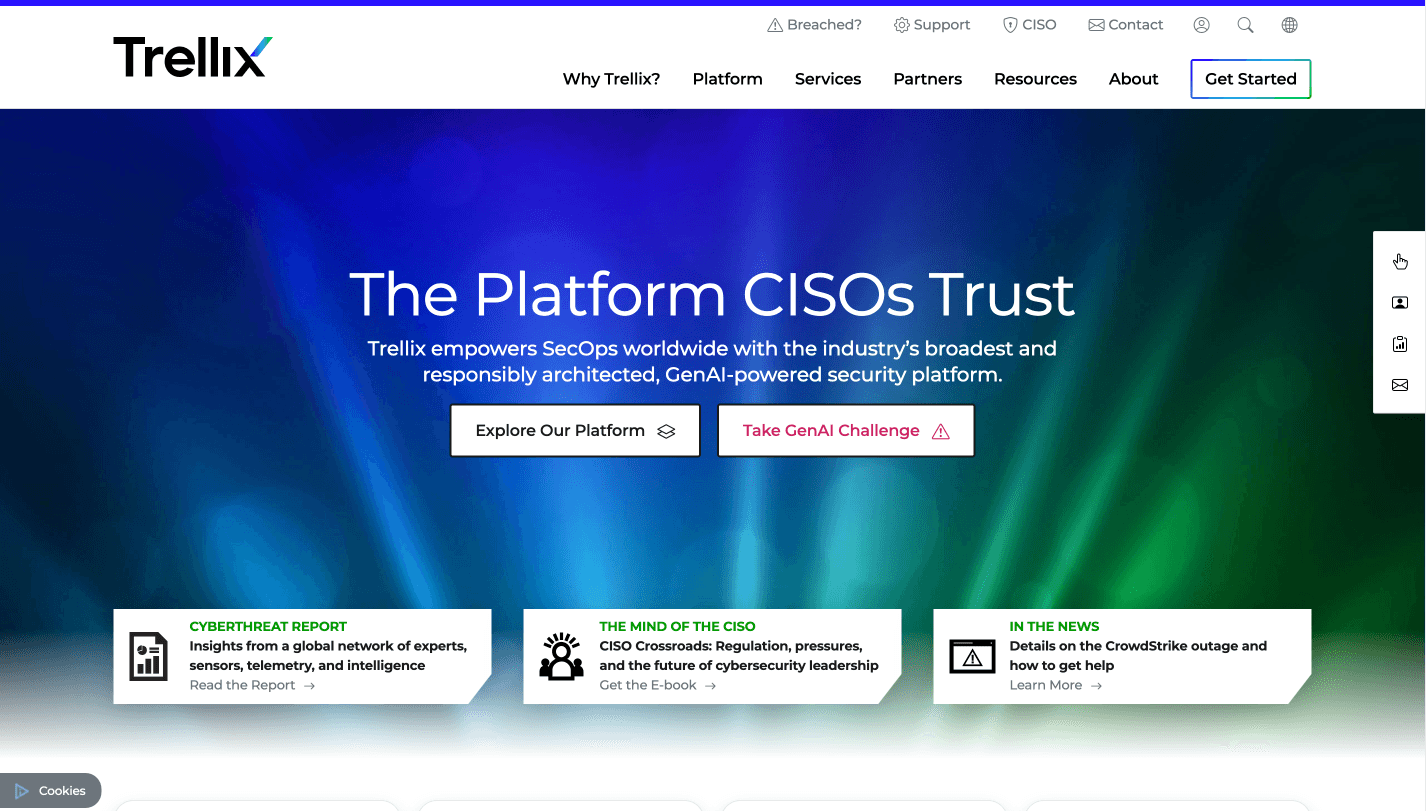
The landscape has evolved significantly with FireEye's merger with McAfee Enterprise to form Trellix. Trellix now offers an XDR (Extended Detection and Response) platform that combines FireEye's renowned threat intelligence with McAfee's endpoint protection capabilities. While CrowdStrike's Falcon XDR platform provides a more unified, cloud-native approach, Trellix leverages its combined heritage in handling complex, targeted attacks. Organizations might find Trellix's integrated approach valuable, especially if they're already using McAfee or FireEye products.
CrowdStrike vs Cylance

Both companies pioneer AI-driven approaches to cybersecurity. Cylance, now part of BlackBerry, focuses heavily on prevention using machine learning algorithms. While CrowdStrike offers a more comprehensive suite of services including cloud security and threat intelligence, Cylance's preventative approach can be particularly appealing for organizations prioritizing threat prevention over detection and response.
CrowdStrike vs Trend Micro
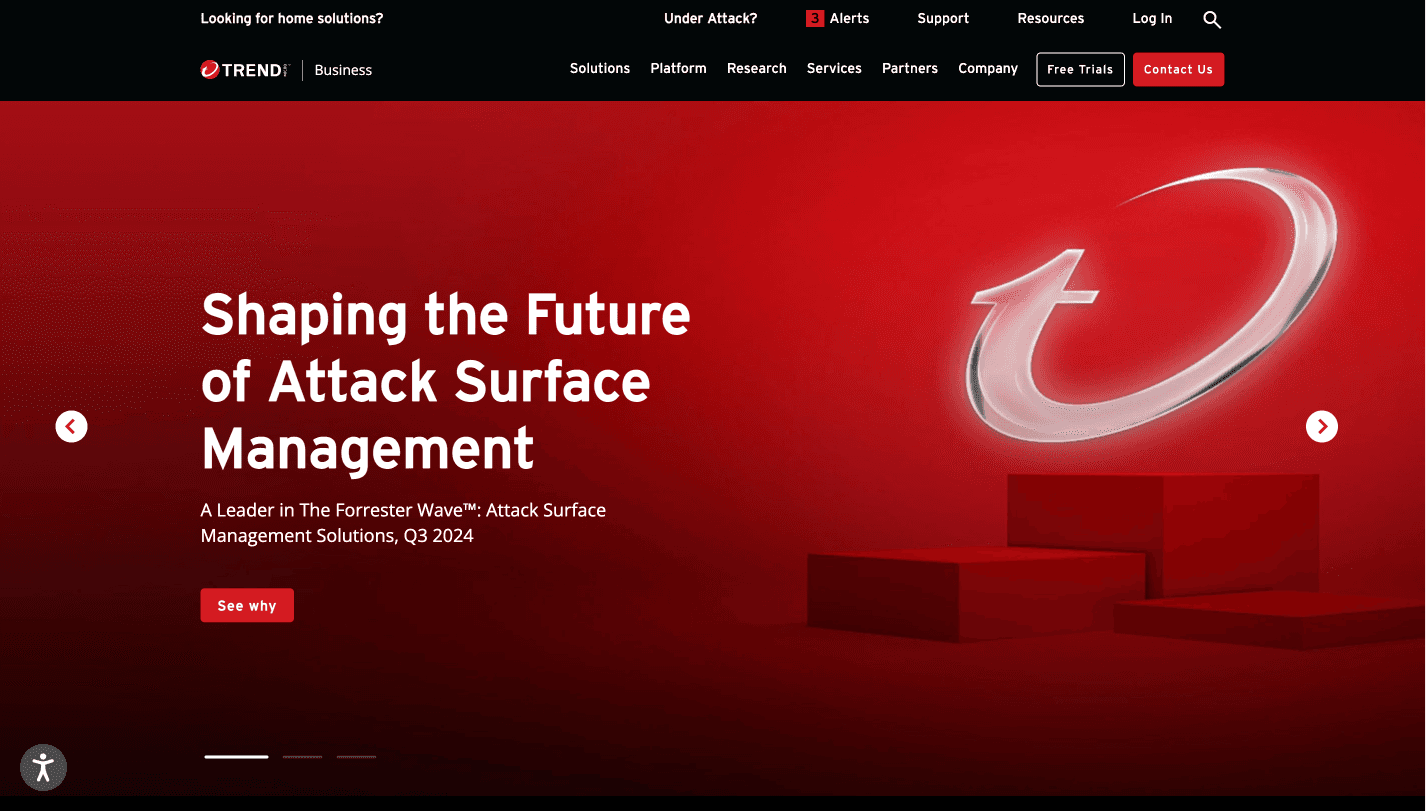
Trend Micro offers a broad range of security solutions, from endpoint protection to cloud security. When comparing these providers, it's clear that Trend Micro's strength lies in its comprehensive coverage across various platforms and environments. However, CrowdStrike's cloud-native architecture and superior EDR capabilities make it a stronger contender for large enterprises requiring advanced threat detection and response capabilities.
CrowdStrike vs Symantec
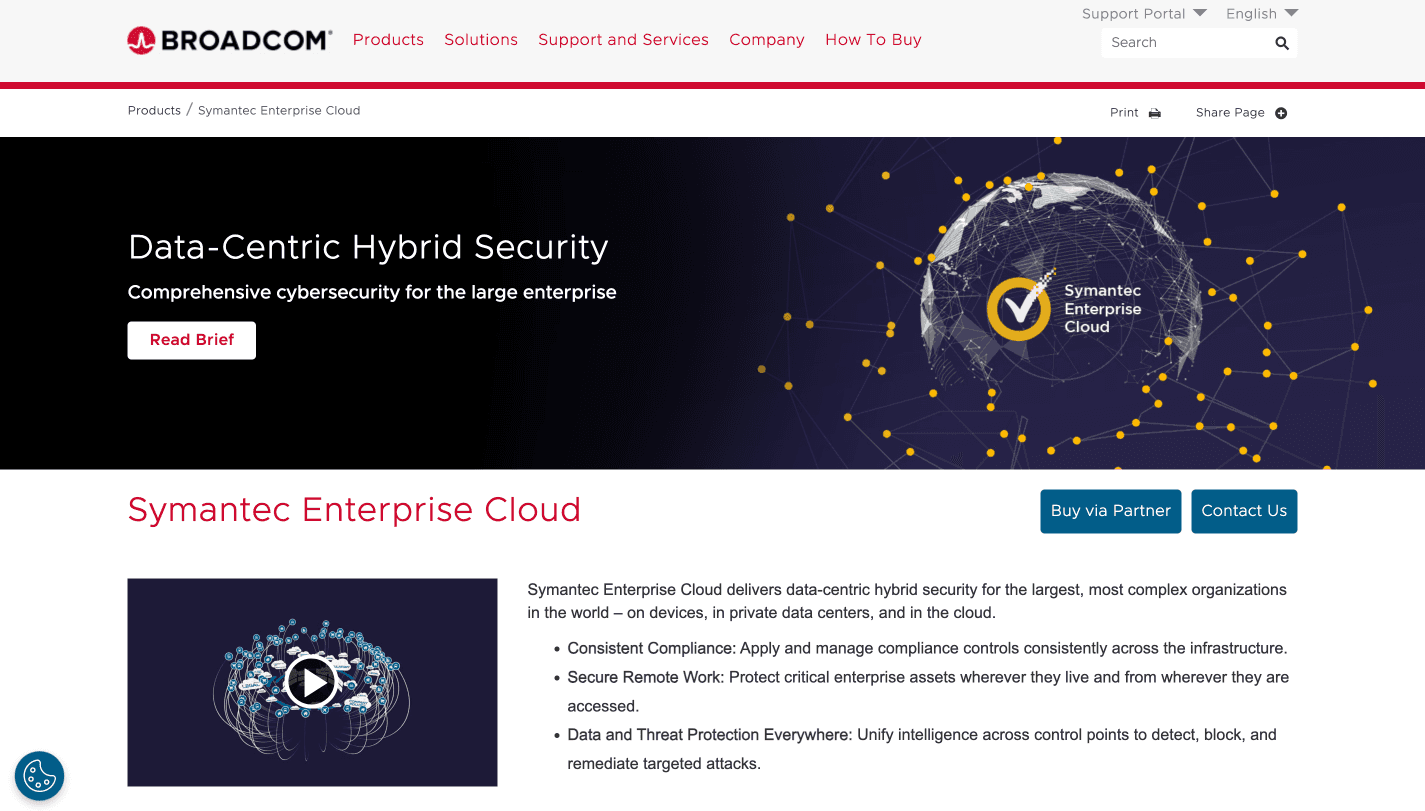
As one of the oldest names in cybersecurity, Symantec (now part of Broadcom) brings a wealth of experience to the table. While CrowdStrike's modern, cloud-based approach gives it an advantage in terms of scalability and real-time protection, Symantec's established presence and comprehensive suite of tools make it a viable competitor, especially in large enterprise environments already invested in Broadcom's ecosystem.
CrowdStrike vs Malwarebytes
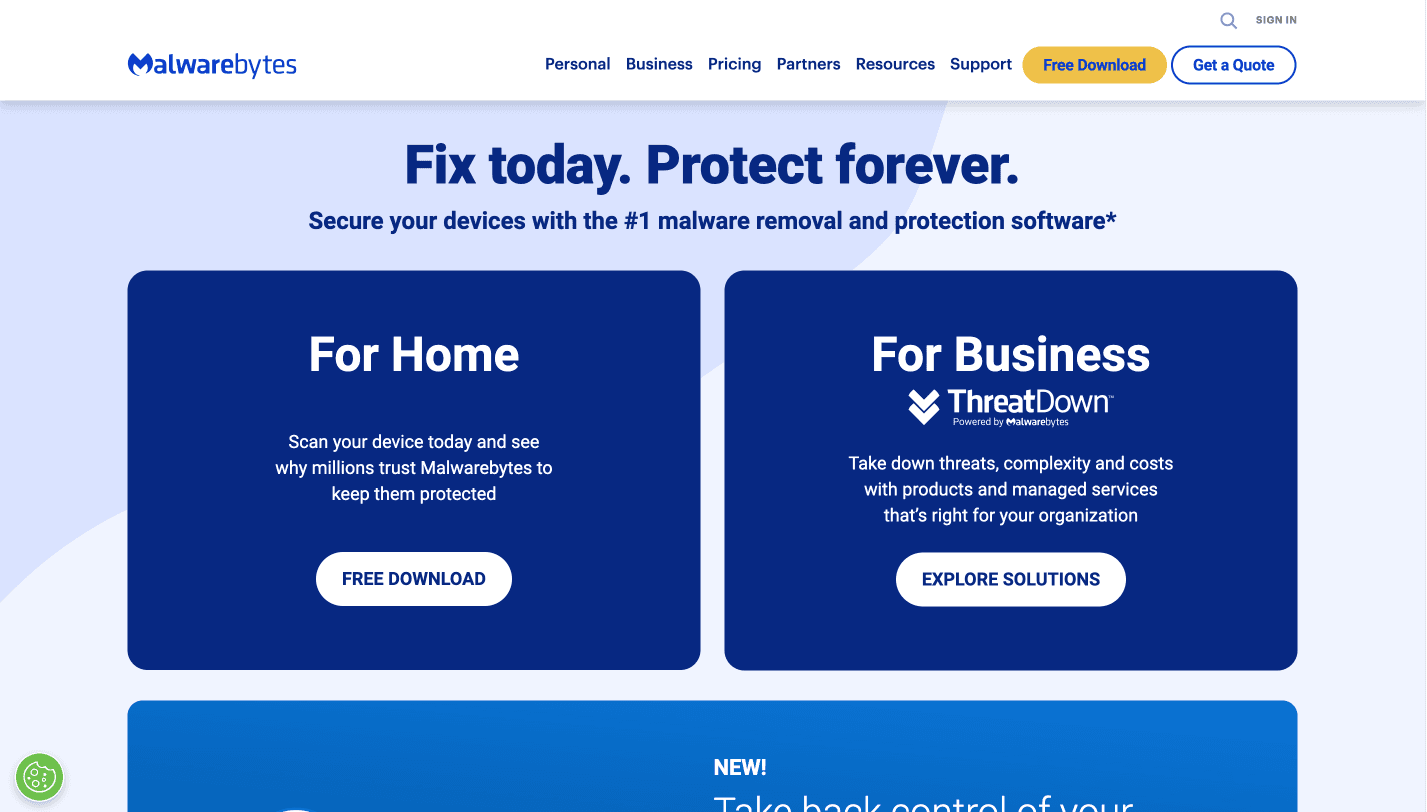
Malwarebytes is well-known for its consumer-focused antimalware solutions, but it also offers enterprise-level protection. While CrowdStrike's enterprise-focused approach and advanced EDR capabilities give it a clear edge in complex corporate environments, Malwarebytes' strength in malware removal and its user-friendly interface make it an attractive option for smaller businesses seeking a more cost-effective solution.
Key Differentiators
Each competitor brings unique strengths to the table:
CrowdStrike excels in cloud-native architecture, consistently high performance in independent evaluations (notably in MITRE ATT&CK evaluations), and comprehensive enterprise security features
SentinelOne offers strong autonomous AI-driven protection and competitive EDR capabilities at often more flexible pricing points
Trellix combines FireEye's threat intelligence with McAfee's endpoint protection in an integrated XDR platform
Cylance excels in prevention-focused, AI-driven security
Trend Micro offers comprehensive coverage across various platforms
Symantec provides a wide range of time-tested security solutions
Malwarebytes shines in user-friendly malware removal and protection
Market Positioning and Pricing Considerations
CrowdStrike's pricing model is straightforward and scales with deployment size, with per-seat pricing typically ranging from $100 to $300+ (and beyond) depending on the complexity of the solution and modules selected. While this transparent per-seat model makes it accessible to organizations of various sizes, CrowdStrike has found particular success in the enterprise segment where its comprehensive feature set and scalability are highly valued. Organizations of any size can adopt CrowdStrike's solutions, though the total investment will depend on the number of endpoints and the depth of security features required.
For organizations evaluating alternatives, it's worth considering:
The total number of endpoints requiring protection
Which security modules and capabilities are essential for your environment
Integration requirements with existing security tools
Internal security team capabilities and required support levels
While alternatives like Microsoft Defender might appear more cost-effective for organizations already invested in the Microsoft ecosystem, the decision should factor in the comprehensive nature of CrowdStrike's offering and its consistently strong performance in independent security evaluations.
Choosing the Right Cybersecurity Solution: Factors to Consider Beyond CrowdStrike
While CrowdStrike has established itself as a leader in the cybersecurity industry, it's essential to explore alternatives to CrowdStrike to ensure you're selecting the best solution for your specific needs. When evaluating CrowdStrike alternatives, several factors come into play that can significantly impact your decision.
First and foremost, consider your organization's size and complexity. Some alternatives to CrowdStrike may be better suited for small to medium-sized businesses, while others excel in enterprise environments. For instance, companies similar to CrowdStrike, such as SentinelOne or Carbon Black, offer robust solutions that can scale with your business growth.
Budget is another crucial factor. While CrowdStrike provides excellent value, there might be a CrowdStrike alternative that offers similar protection at a more competitive price point. Malwarebytes, for example, is known for its cost-effective solutions that still provide strong malware protection.
Integration capabilities should also be on your radar. Consider how well a potential CrowdStrike alternative would mesh with your existing IT infrastructure. Some solutions, like Palo Alto Networks' Cortex XDR, offer extensive integration options that might align better with your current tech stack.
Here are some key factors to consider when evaluating cybersecurity solutions:
Threat detection and response capabilities
Ease of deployment and management
Real-time monitoring and alerting features
Compliance with industry regulations
Quality of customer support and training resources
It's also worth considering specialized features that might be particularly relevant to your industry. For instance, if you operate in a highly regulated sector like healthcare or finance, you might prioritize a solution with robust compliance reporting tools.
Another aspect to consider is the user interface and overall user experience. While CrowdStrike is known for its intuitive platform, you might find that an alternative to CrowdStrike offers a user interface that better suits your team's preferences and workflow.
Don't overlook the importance of threat intelligence capabilities. Some CrowdStrike alternatives, like FireEye, are particularly strong in this area, offering deep insights into emerging threats that could be crucial for your security strategy.
Cloud compatibility is increasingly important in today's digital landscape. If your organization is heavily cloud-dependent, you'll want to ensure that any CrowdStrike alternative you consider offers robust cloud security features.
Lastly, consider the future roadmap of potential alternatives. Look for companies that demonstrate a commitment to innovation and have a clear vision for addressing emerging cybersecurity challenges. This forward-thinking approach can ensure that your chosen solution remains effective in the face of evolving threats.
Remember, while CrowdStrike is undoubtedly a strong contender in the cybersecurity space, the best solution for your organization might be one of the many CrowdStrike alternatives available. By carefully evaluating these factors and aligning them with your specific needs, you can make an informed decision that bolsters your cybersecurity posture effectively.
Conclusion and Final Thoughts on Exploring Alternatives to CrowdStrike
The endpoint security market stands at a pivotal moment in 2024, with recent industry-shaking events forcing organizations to reevaluate their cybersecurity partnerships and redundancy strategies. While CrowdStrike has built a strong position with its 14.74% market share, the unprecedented service disruption has highlighted the critical importance of vendor reliability and business continuity planning in cybersecurity decisions.
Organizations now face a more complex evaluation process than ever before. Beyond traditional metrics like threat detection capabilities and pricing models, decision-makers must carefully weigh factors such as:
Provider track record for service reliability and incident response
Availability of fallback mechanisms and redundancy options
Transparency in communication during critical events
Ease of migration between platforms should a change become necessary
Vendor financial stability and long-term viability
The competitive landscape offers several viable alternatives, from Microsoft's dominant 40.16% market share solution to emerging players like SentinelOne that are gaining traction. Each brings unique strengths to the table, and the best choice depends heavily on your organization's specific requirements, risk tolerance, and operational needs.
As you evaluate your options in this dynamic environment, consider taking advantage of pilot programs or proof-of-concept deployments from multiple vendors. This hands-on experience can provide valuable insights into not just feature sets and user experience, but also the vendor's support capabilities and platform stability.
The recent market disruption serves as a powerful reminder that in cybersecurity, there's no such thing as "too big to fail." Organizations must approach vendor selection with a comprehensive due diligence process that accounts for both technical capabilities and operational reliability. Whether you choose to stay with your current solution or explore alternatives, ensuring you have robust contingency plans and potentially multi-vendor strategies has become more important than ever.
The cybersecurity landscape will continue to evolve, driven by both technological advancements and market dynamics. Success in this environment requires staying informed, maintaining flexibility, and being prepared to adapt as circumstances change. The best security solution is one that not only meets your current needs but also provides the stability and adaptability required for an uncertain future.
Share post:


